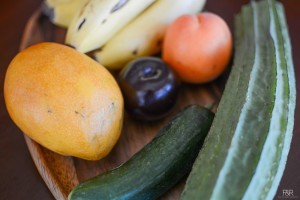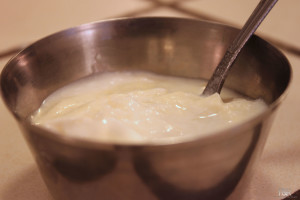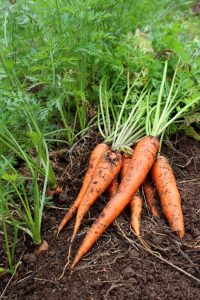In the early part of the 20 century, people around the world were consuming most fruits and vegetables with the peel intact, be it guava, apple, mango, banana or vegetables. But today, many of us strongly believe that it is unsafe to eat fruits without peeling off the skin. However, there are some among us even today who like to eat fruits with peel but fear doing so since we know that fruits harbor a lot of dangerous pesticide residues and the wax coating on the surface! Is it good to peel or not to peel? The question here is what is best for us.
For those who believe that the skin is an inert envelope designed by nature to protect the fruits from external threats, it certainly seems logical to remove the peel before actually eating them. However, data gathered on the quality and composition of peel from several fruits and vegetables appear to dismiss such belief as baseless. Scores of reports appearing on the nutrient content in peel strongly affirm the fact that the peel and the layer immediately beneath it, are a veritable mine of highly essential nutrients and health-promoting phytochemicals, besides being an excellent source of natural fibre. More important is the fact that the peel, in many cases, is richer in nutrients compared to the sweet and juicy fruit pulp.
The data generated on apple, among others, substantiate this claim. Apple peel is an outstanding source of fiber with cancer-fighting properties and contains abundant quantity of the antioxidant polyphenols. Apple skin contains quercetin , a flavonoid that is supposed to help avoid heart attacks. Similarly, banana peel is rich in fiber aiding in digestion and bowel movement and helps to reduce cholesterol in the blood. Banana peel has an antioxidant called lutein, which helps to protect and improve the health of our eyes and a mood-stimulating substance called tryptophan.
Similarly vegetable peels like potato are richer in mineral nutrients and antioxidant phytochemicals which protect us from various illnesses. Potato peel contain double the quantities of seven nutrients, seven times more calcium, five times more riboflavin and 17 times more iron than the same weight of pulp. The same applies to many other fruits and vegetables also. It is now well established that the peel surpasses the pulp or flesh in its nutritive value. Therefore, it is prudent to consume fruits and vegetables with the peel. <
While we accept the above fact, it is also worth remembering that the skin of the fruit is where various pesticides and commercial sealing waxes applied on the fruit, to give them a glossy appearance and prolong the shelf life, build up. Some of these harmful pesticide molecules could turn out to be cancer producing. Therefore, go for organically grown fruits and veggies, as far as possible, or else, make sure you wash the pesticides off from fruits and vegetables to a great extent, if not completely, before eating. As far as the wax is concerned, there is no easy way to get rid of them at home except by peeling. However, it must be added that those waxes made from natural sources are considered to be edible and hence not likely to cause any harm, unless it is adulterated. So, next time you eat your fruits, think twice before you peel.
Please check out these related articles:



